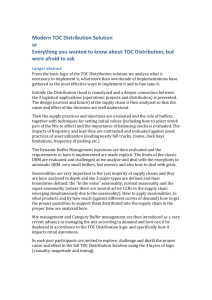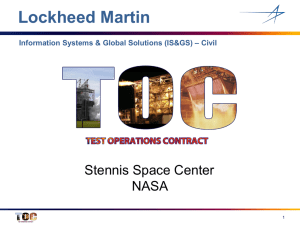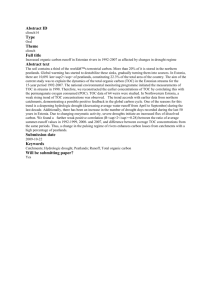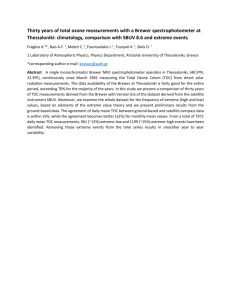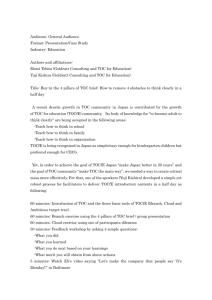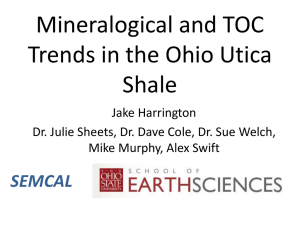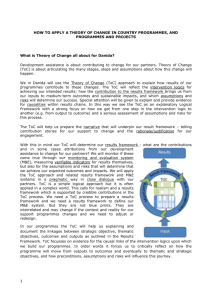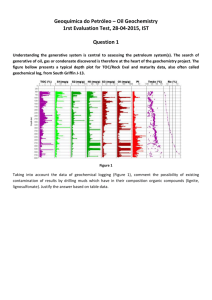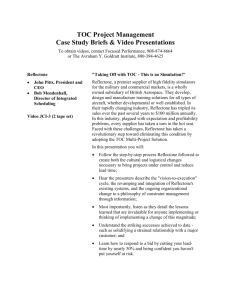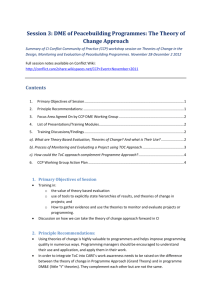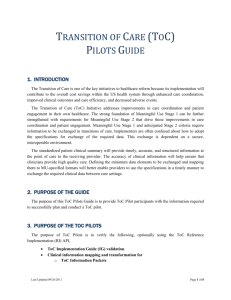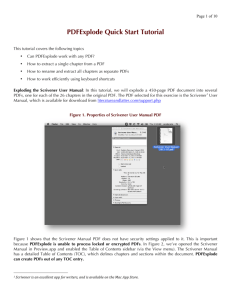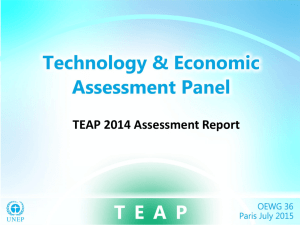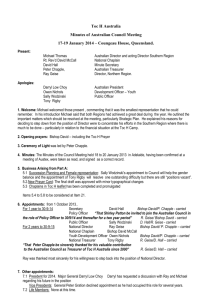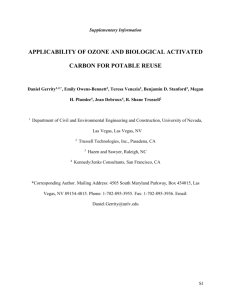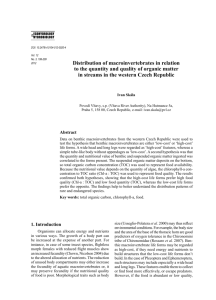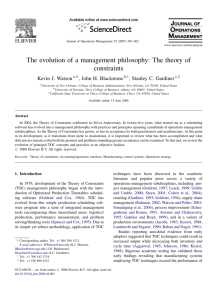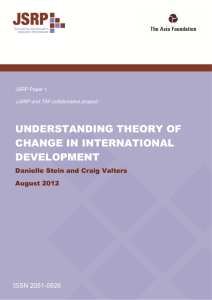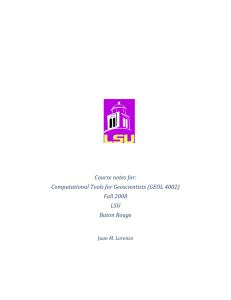TOC - a unifying theory?
advertisement
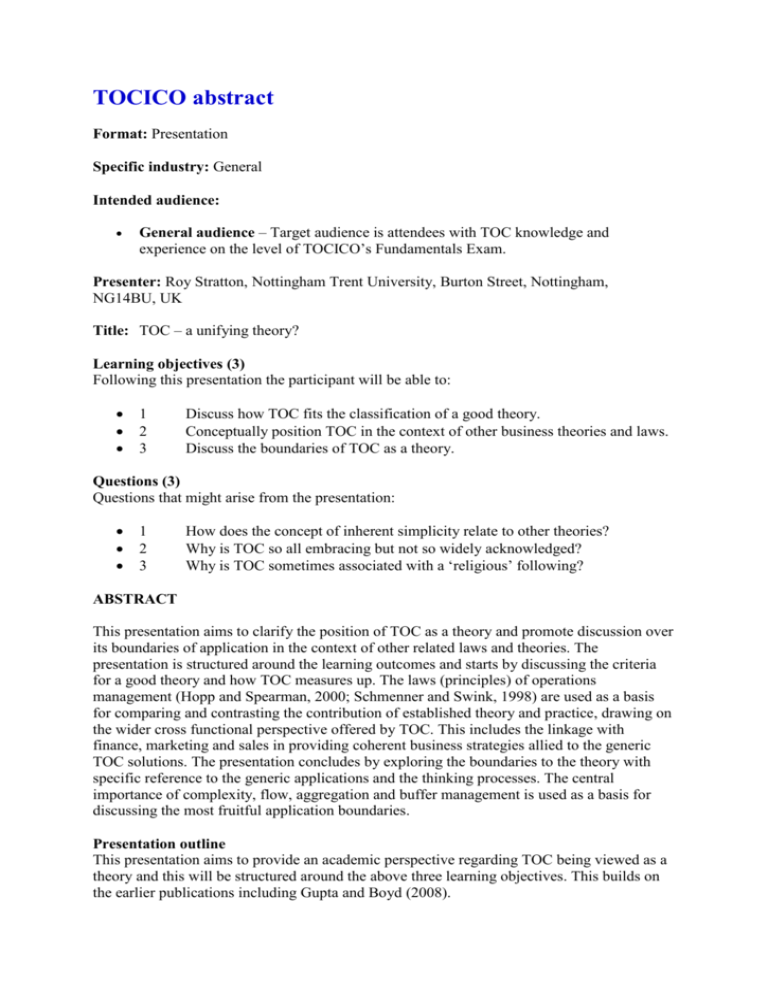
TOCICO abstract Format: Presentation Specific industry: General Intended audience: General audience – Target audience is attendees with TOC knowledge and experience on the level of TOCICO’s Fundamentals Exam. Presenter: Roy Stratton, Nottingham Trent University, Burton Street, Nottingham, NG14BU, UK Title: TOC – a unifying theory? Learning objectives (3) Following this presentation the participant will be able to: 1 2 3 Discuss how TOC fits the classification of a good theory. Conceptually position TOC in the context of other business theories and laws. Discuss the boundaries of TOC as a theory. Questions (3) Questions that might arise from the presentation: 1 2 3 How does the concept of inherent simplicity relate to other theories? Why is TOC so all embracing but not so widely acknowledged? Why is TOC sometimes associated with a ‘religious’ following? ABSTRACT This presentation aims to clarify the position of TOC as a theory and promote discussion over its boundaries of application in the context of other related laws and theories. The presentation is structured around the learning outcomes and starts by discussing the criteria for a good theory and how TOC measures up. The laws (principles) of operations management (Hopp and Spearman, 2000; Schmenner and Swink, 1998) are used as a basis for comparing and contrasting the contribution of established theory and practice, drawing on the wider cross functional perspective offered by TOC. This includes the linkage with finance, marketing and sales in providing coherent business strategies allied to the generic TOC solutions. The presentation concludes by exploring the boundaries to the theory with specific reference to the generic applications and the thinking processes. The central importance of complexity, flow, aggregation and buffer management is used as a basis for discussing the most fruitful application boundaries. Presentation outline This presentation aims to provide an academic perspective regarding TOC being viewed as a theory and this will be structured around the above three learning objectives. This builds on the earlier publications including Gupta and Boyd (2008). How TOC fits the criteria of a good theory? I propose to use the quality criteria of (Lewis, 1998; Melnyk and Handfield, 1998) Creative Providing novel insights Concise Minimal use of constructs / variables Useful There is nothing more practical as a good theory (Kurt Lewin) Scientific Well defined terms with testable predictions The use of causal mapping and testing of assumptions How does TOC relate to other OM theories and laws? Building on the work of others (Hopp and Spearman, 2000; Schmenner and Swink, 1998) the presentation will illustrating how established laws (principles) in OM provide a means of relating TOC with other theory and practice. Laws in Operations Management: Scientific management, trade-off, variability, variability buffering, focus, cumulative capabilities, bottlenecks, aggregation. Related Theories: Swift and even flow; Performance Frontiers; System of Profound Knowledge; Supply Chain Alignment; Resource Based View (RBV) of business strategy; Dynamic capabilities; SPIN marketing / selling; Blue ocean strategies; Balanced Scorecard (Strategy mapping). What are the boundaries of TOC as a theory? To address this question we look at TOC from different perspectives. The five focusing steps The generic applications / solutions Complexity, flow, aggregation and buffer management Generic S&Ts RBV of business strategy Business to business marketing / sales The thinking processes Necessity and sufficiency logic Causal loop diagrams Conclusion Review learning objectives and opportunity for wider application. References Gupta, M.C. and Boyd, L., 2008. Theory of constraints: a theory of operations management, International Journal of Operations and Production Management, 28 (10), pp. 991-1012. Hopp W.J., and Spearman, M.L., 2000. Factory Physics. 2nd Ed., Singapore: McGraw Hill. Lewis, M. W., 1998. Iterative triangulation: a theory development process using existing case studies. Journal of Operations Management, 16, 455-469. Melnyk, S.A., and Handfield, R.B., 1998. May you live in interesting times…the emergence of theory-driven empirical research. Journal of Operations Management, 16, pp.311-319. Schmenner, R.W., and Swink, M.L., 1998. On theory in operations management. Journal of Operations Management, 17, pp.97-113.

